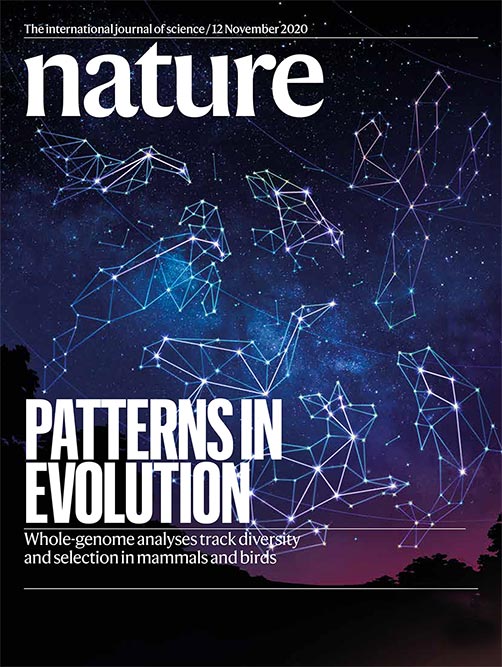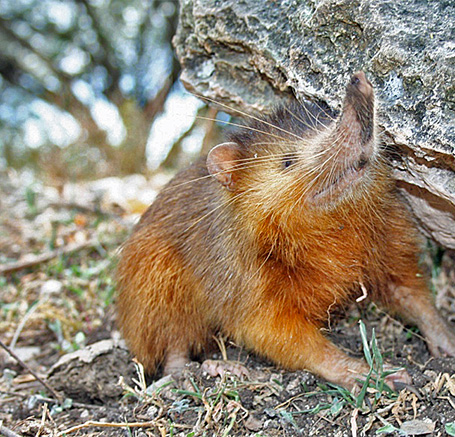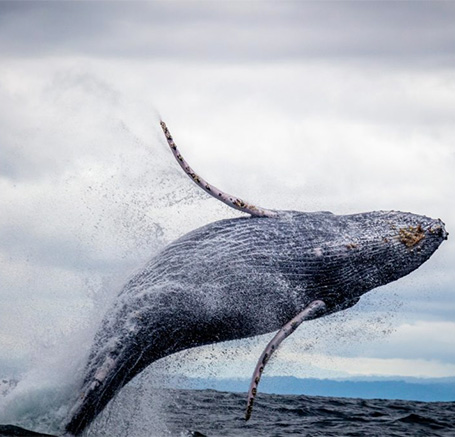The Project
The Zoonomia Project is an international collaboration to discover the genomic basis of shared and specialized traits in mammals. We invite researchers across the scientific community to use our data, and to join us in harnessing the power of comparative genomics as a tool for human medicine and biodiversity conservation.
The Mammal Tree
The Zoonomia project created new assemblies for a total of 131 mammalian species.
Our data are of two forms. Single-species data consist of assemblies and variant-call files for the 131 genomes made by Zoonomia. Comparative data include evolutionary-constraint inferences made using the genomes for all the species in our alignment — our 131 and those shared by other researchers.
The Phylogenetic Approach
To find the assembly for your species of interest, navigate to the relevant leaf on our tree, and click to download the relevant assembly or variant-call file.
The Assembly-Source Approach
To find assemblies created by Zoonomia, navigate to species annotated in the Mammal Tree in green.
The Contiguity Approach
To find higher-contiguity assemblies upgraded by Zoonomia, navigate to species annotated in the Mammal Tree in dark blue.
The White Paper
READ MORE



The Data
From The Field

By Martin Nweeia: Why choose narwhal as a model for tooth comparative studies? It’s simply an amazing tooth. In the year 2000, I began investigating this unique tooth organ...

By Nick Casewell: Solenodons are fascinating mammals. They are members of the Eulipotyphla – a group formally known as ‘insectivores’ and that contains moles, hedgehogs and shrews. Only two solenodon species are known to science, and both are endangered.

By Morgan Wirthlin: Vocal behavior is highly variable across mammals, ranging from simple grunts and barks to the complex vocal learning exemplified by human speech and the song of humpback whales...
Meet Our Scientists
Through Zoonomia, scientists from around the world are working to understand mammalian evolution and phenotypes. Follow the link below to get to know them better.